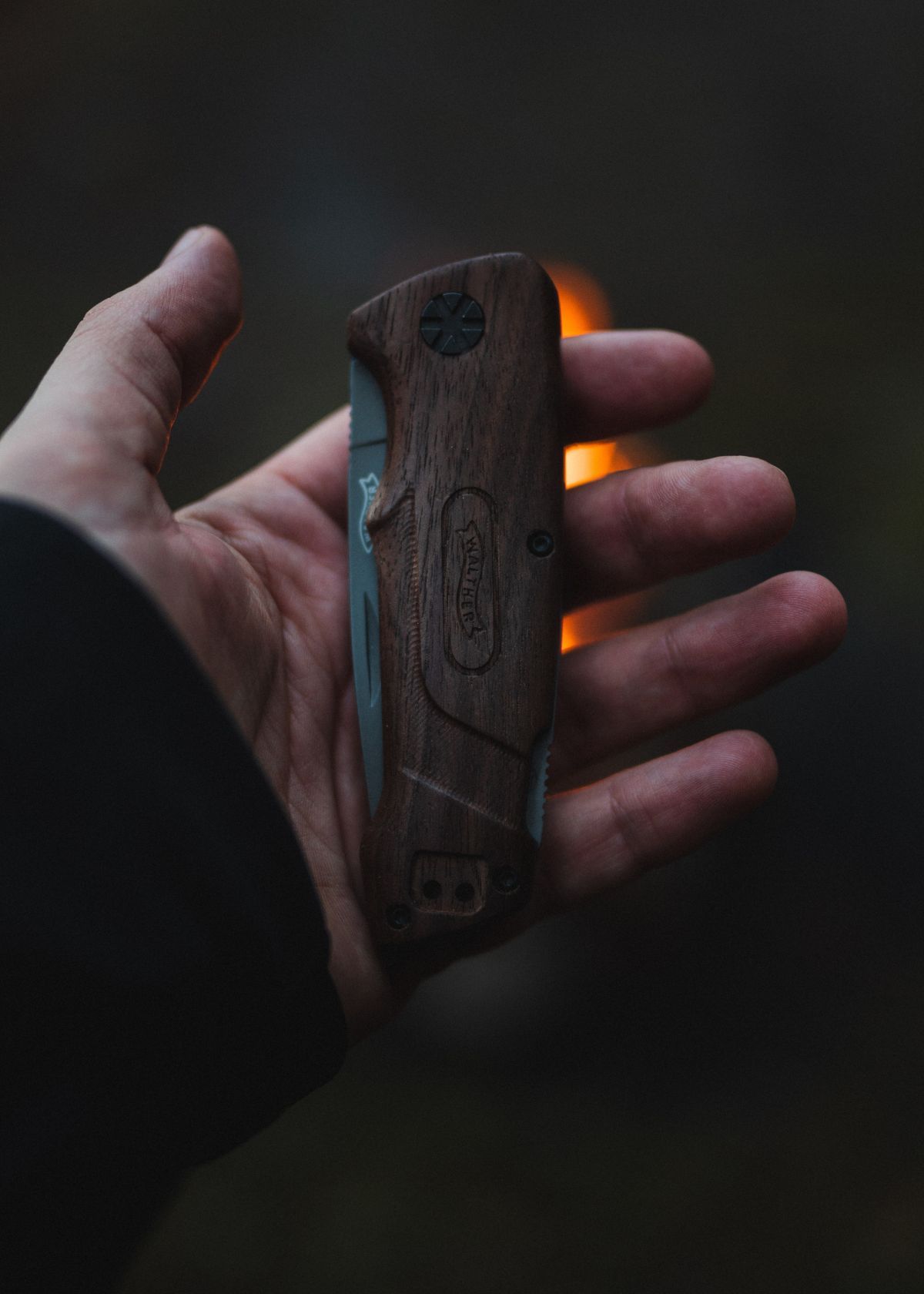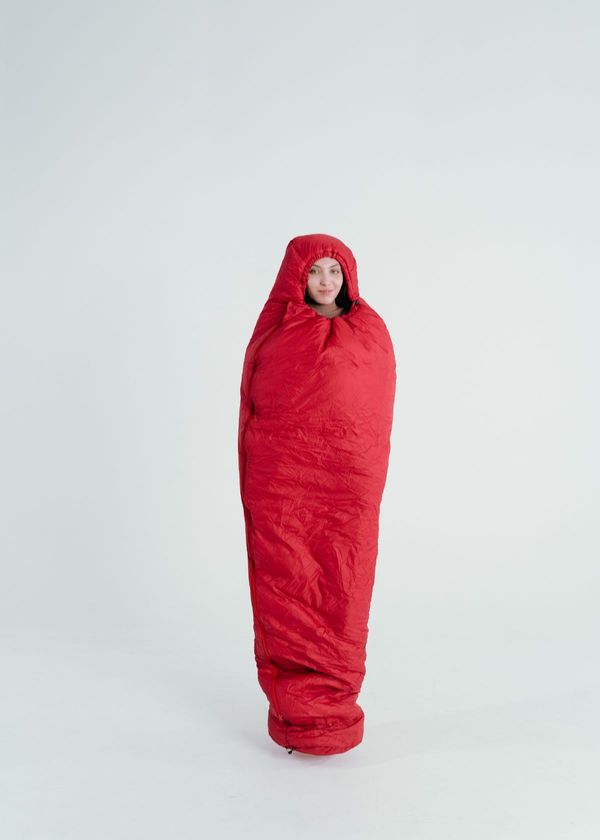A pocket knife is a versatile tool that is a must-have for any adventurer, handyman, or camper. But, just like any other tool, a pocket knife can lose its sharpness over time, making it less effective and harder to use. That's why it's important to know how to sharpen your pocket knife to keep it in top condition.
Sharpening a pocket knife is a simple but important skill that every outdoor enthusiast, hunter, or everyday carry user should master. Not only does a sharp blade make cutting and slicing tasks easier, it also ensures that your knife stays in good condition for a longer time.
In this guide, you will learn the basics of how to sharpen a pocket knife using different tools and techniques. Whether you prefer using a sharpening stone, honing the edge, or using an electric sharpener, we'll cover it all. With a little practice and patience, you'll be able to sharpen your pocket knife to a razor-sharp edge in no time. So, buckle up, grab your knife, and let's get started!
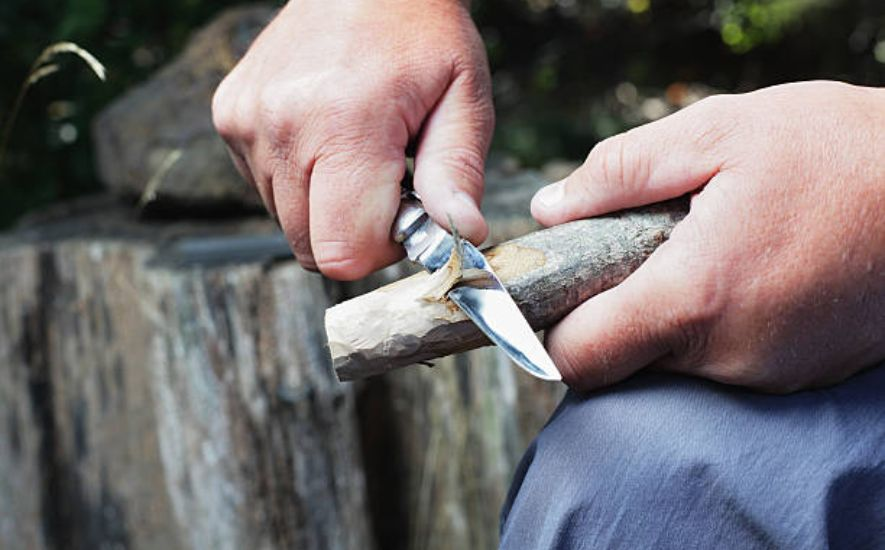
Understanding the Knife Edge
A knife edge is a thin, sharp edge used in cutting tools and other devices. This term can be used to describe a blade that is used in a kitchen knife or a surgical instrument, or it can refer to the cutting edge of a tool like a chisel. Regardless of the specific use, the knife edge is an essential component of any cutting device.
The Importance of the Knife Edge
The knife edge is crucial because it is the part of the tool that makes contact with the material being cut.
A sharp knife edge allows for a clean, precise cut, while a dull edge results in a rough, ineffective cut. The shape and same angle of the knife edge can also impact its performance, with some designs providing better results for specific tasks.
Sharpening the Knife Edge
Sharpening the knife edge is essential to maintain its performance. The sharpening process involves removing small amounts of material from the edge to create a new, sharp surface.
Knife sharpeners come in many different forms, including manual and electric sharpeners, and there are also a variety of sharpening techniques that can be used.
Factors that Affect Knife Edge Durability
The durability of a knife edge is influenced by a variety of factors, including the type of material used to make the knife, the design of the knife, and how it is used.
For example, a knife made from harder steel will generally hold its edge longer than one made from softer steel. Similarly, a knife that is used for tough tasks like chopping or slicing will wear down faster than one used for more delicate tasks.
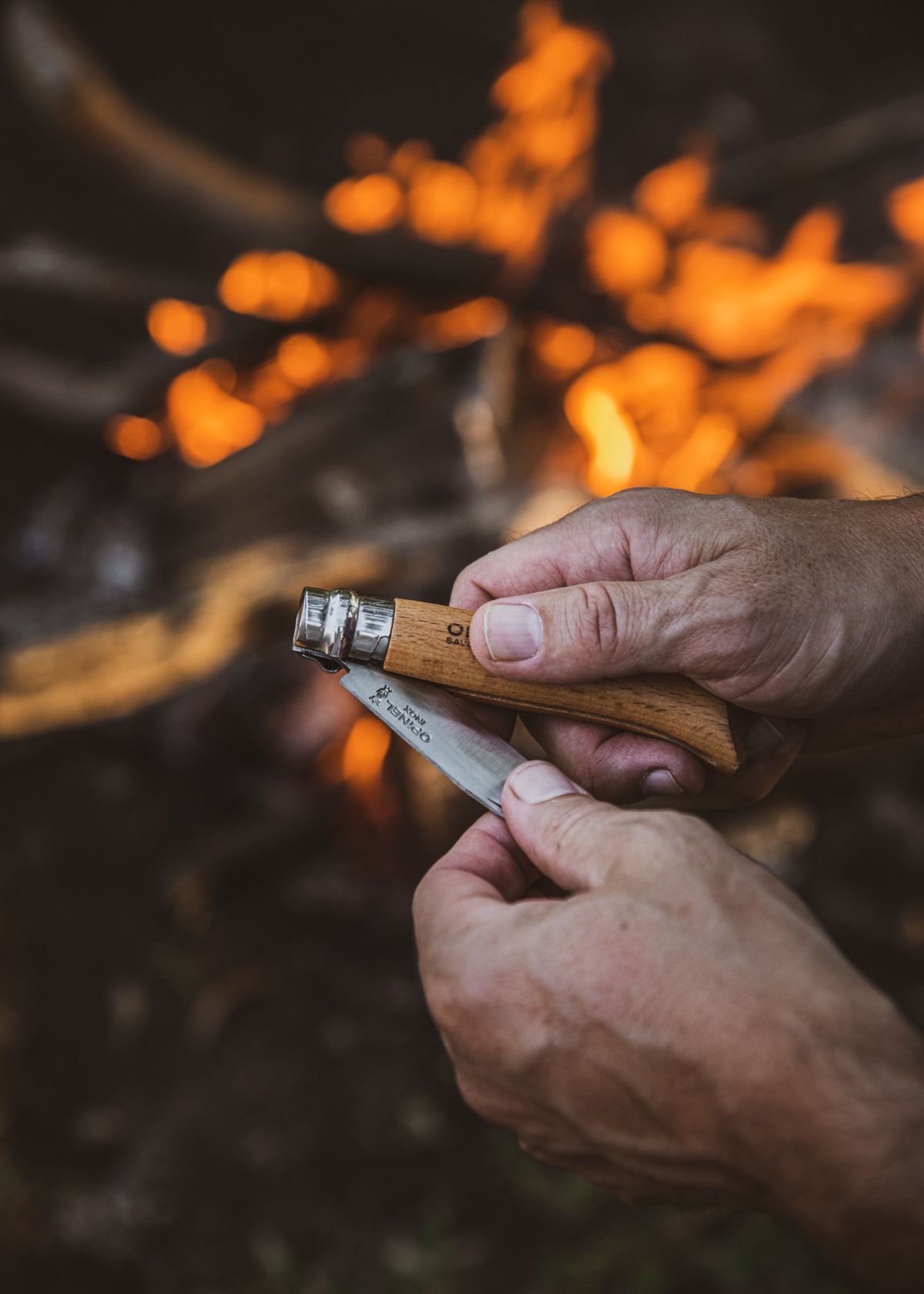
Selecting the Right Sharpening Tool
Sharpening tools are an essential part of maintaining and preserving the quality of various cutting instruments. Selecting the right sharpening tool is crucial to ensure the longevity of the tool and efficient performance.
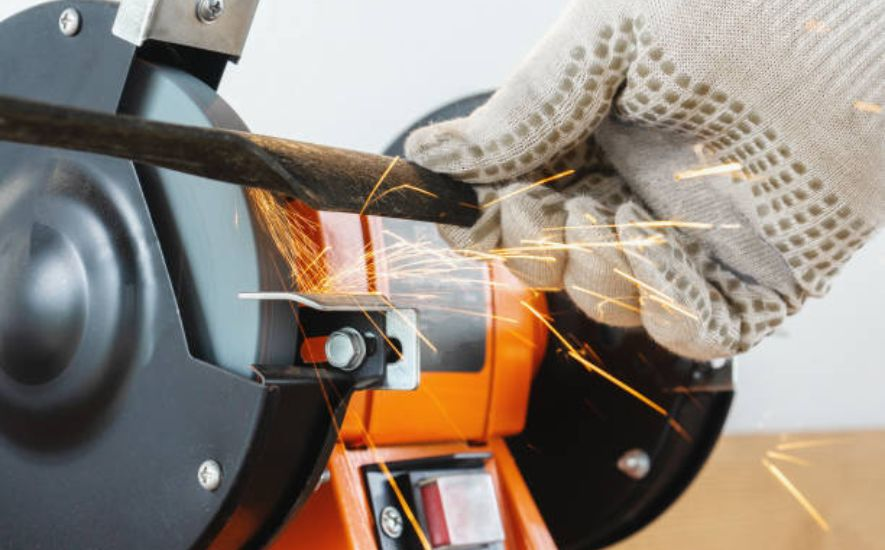
Types of Sharpening Tools
There are various types of sharpening tools available, including sharpeners for knives, scissors, lawn mower blades, and other cutting instruments. It is essential to understand the different types and their specific uses to select the right one.
Material of the Cutting Instrument
The type of sharpening tool required depends on the material of the cutting instrument. For instance, sharpening a kitchen knife is different from sharpening a machete or a saw blade. Understanding the material is crucial in selecting the right sharpening tool.
Purpose of Use
Different sharpening tools serve different purposes, such as maintaining a razor-sharp edge, restoring a dull knife edge, or realigning a damaged edge. Understanding the purpose of the use is essential in selecting the right sharpening tool.
Budget
Sharpening tools come at various prices, ranging from low-cost manual sharpeners to high-end electric sharpeners. It is crucial to determine a budget and select a tool that meets both the purpose of use and the budget.
Quality
The quality of the sharpening tool directly impacts the quality of the sharpened cutting instrument. It is essential to select a high-quality tool to ensure efficient and accurate sharpening.
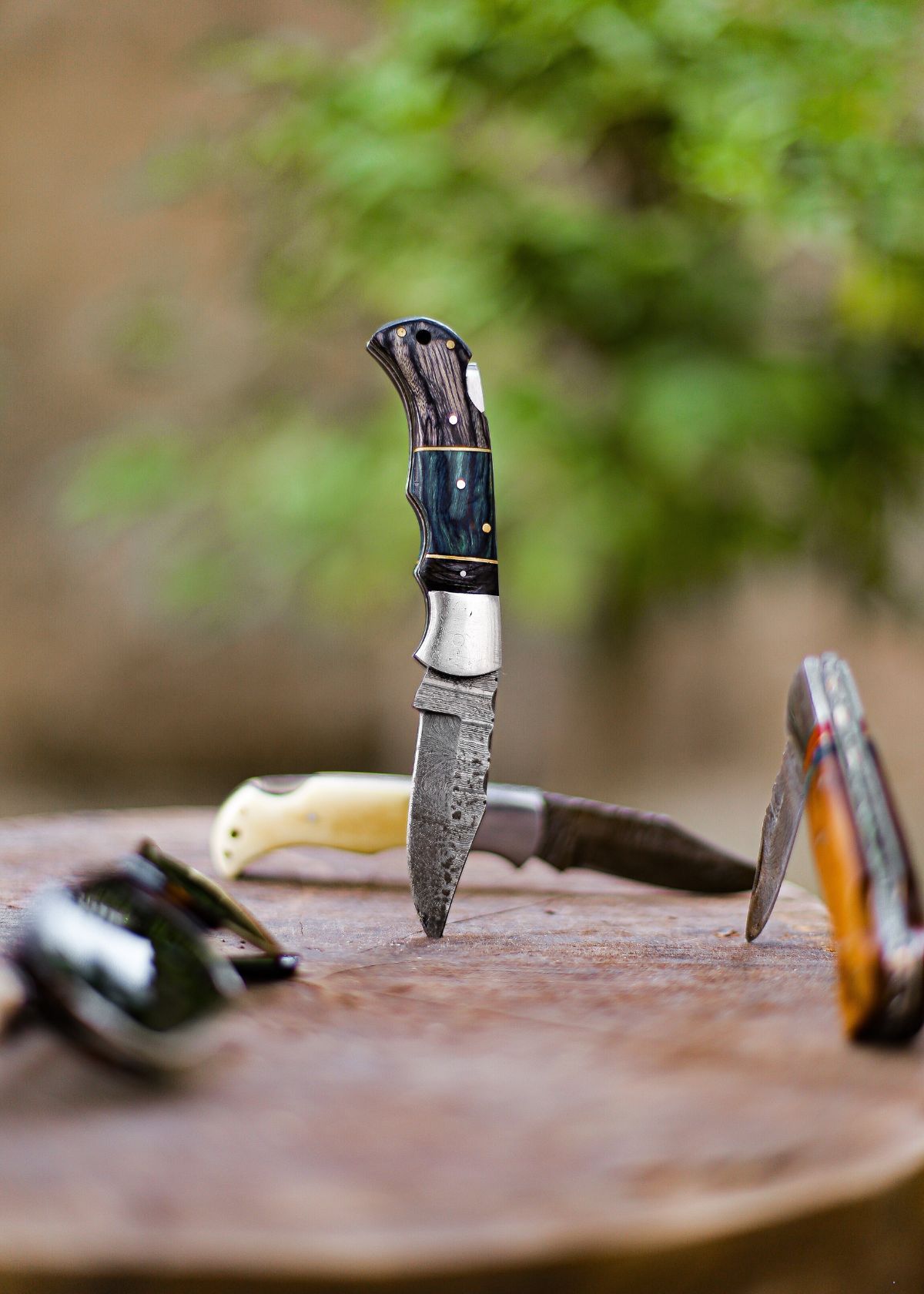
Preparing the Knife for Sharpening
Sharpening tools are essential for keeping the edges of your blades, knives, and tools sharp. A sharp edge ensures that you can work efficiently and effectively. In this note, you'll learn about the different types of sharpening tools and how to choose the right one for your needs.
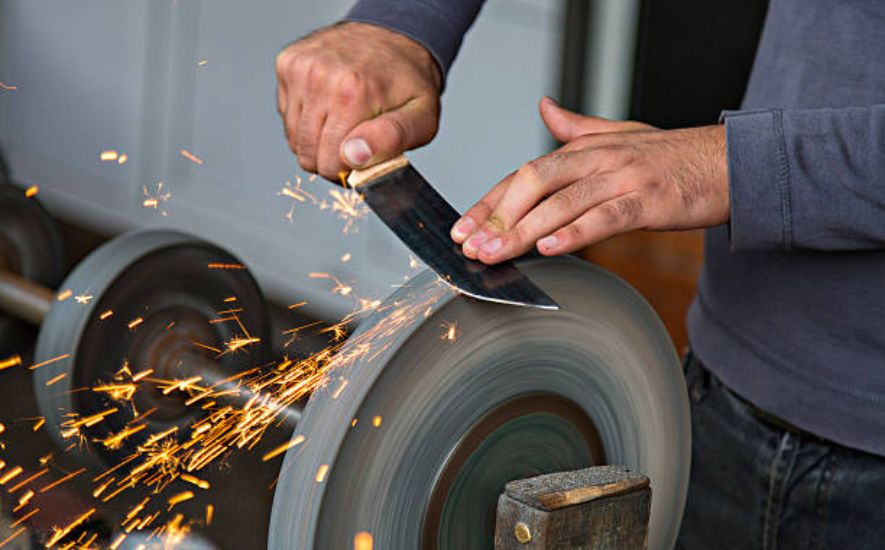
Types of Sharpening Tools:
- Sharpening Stones: These come in different finer grit and are used to grind and hone the edge of a blade. The fine grit range from coarse stones for removing nicks and chips to fine stones for honing the edge.
- Electric Sharpeners: These are quick and easy to use and come in various types, such as pull-through sharpeners and bench-mounted sharpeners. They are ideal for sharpening kitchen knives and are often less effective on outdoor knives or tools.
- Honing Steel: This tool is used to realign a blade's edge and remove any burrs or deformities. It is ideal for maintaining the edge of a blade that is already sharp.
- Sharpening Systems: These consist of a series of sharpening stones or abrasives that you use in a specific order to sharpen knives and polish the edge of a blade.
Factors to Consider When Selecting a Sharpening Tool:
- Purpose: Determine what you will be sharpening and how frequently. If you are sharpening outdoor knives and tools, a sharpening system or sharpening stones may be the best choice. An electric sharpener may be more convenient if you are sharpening kitchen knives.
- Budget: Consider the cost of the tool and its maintenance costs. Sharpening stones require more skill to use and may need to be replaced more frequently, while electric sharpeners may have a higher upfront cost but are more convenient.
- Skill Level: Consider your skill level when selecting a tool. Sharpening stones require more skill to use and may take longer to sharpen a blade, but they can produce a sharper edge. Electric sharpeners are easier to use but may not produce as sharp an edge.

Sharpening the Blade
Sharpening a blade is the process of honing and polishing the edge of a cutting tool to increase its sharpness and performance.
Types of Blade Edges:
- Straight Edge: A straight edge is the most common type of edge found on knives and other cutting tools.
- Serrated Edge: Serrated edges are often found on bread knives and other tools used for cutting through tough materials.
- Convex Edge: A convex edge is a rounded edge that is thicker in the middle and thinner at the edges.
Manual Sharpening Techniques:
- Whetstone Sharpening: This is a traditional method that uses a flat, abrasive stone to sharpen blades.
- Honing Steel: A honing steel is a rod that is used to realign and maintain the edge of a blade.
- Strop Sharpening: A strop is a strip of leather or other flexible material used for honing and polishing blades.
Powered Sharpening Techniques:
- Electric Knife Sharpener: An electric knife sharpener is a powered tool that automatically sharpens blades using a series of abrasive wheels or discs.
- Bench Grinder: A bench grinder is a powered tool that uses abrasive wheels to sharpen blades.
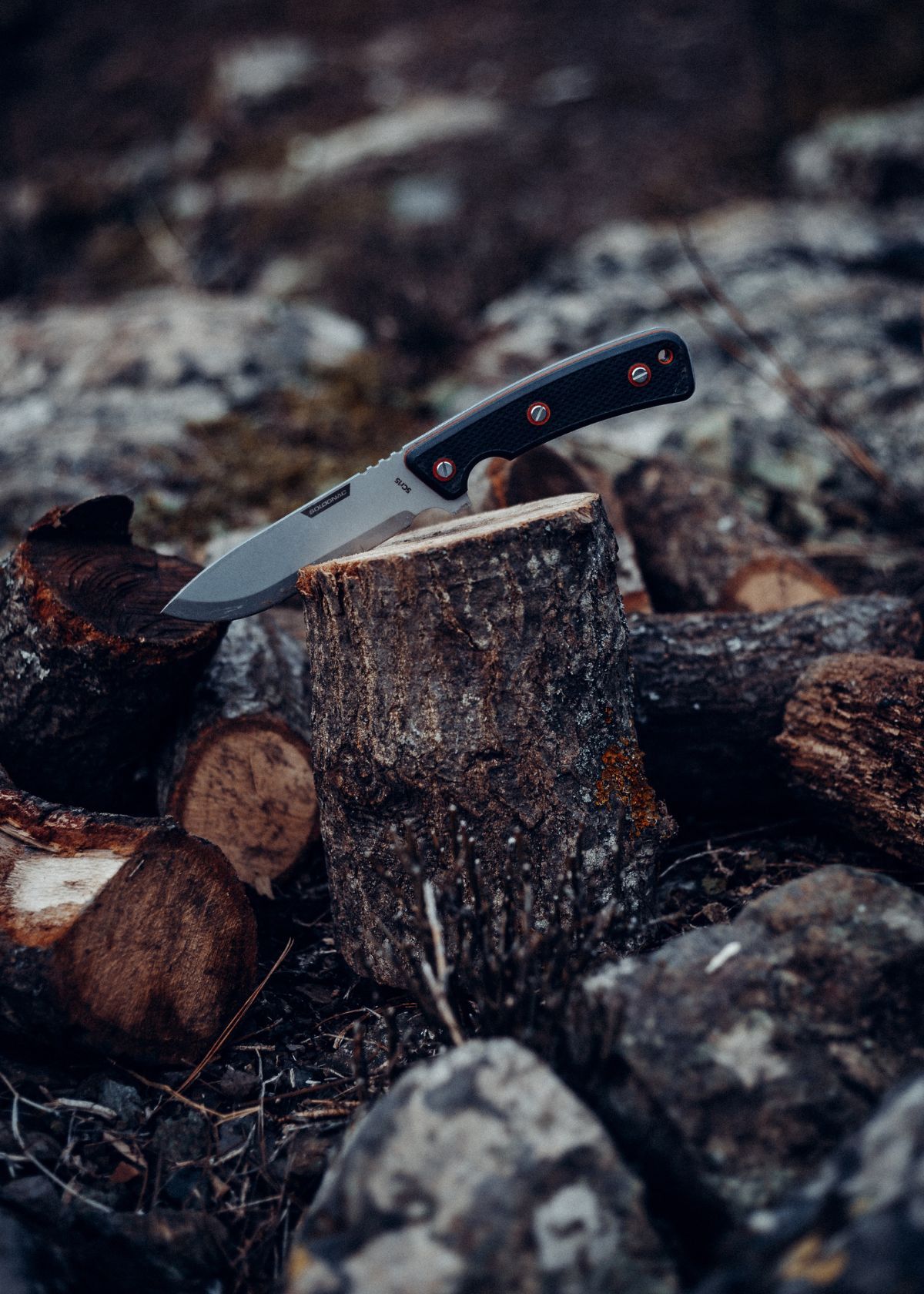
Honing the Edge
The process of honing the edge refers to sharpening the blade of a knife or tool to make it keen and ready for use.
Why is honing necessary?
The need for honing arises from the natural dulling of blades over time due to wear and tear. A dull blade reduces the efficiency of a tool or knife and increases the risk of injury. Regular honing is essential to keep blades in good condition and ensure their longevity.
Types of Honing Tools:
Several honing tools are available, including honing stones, rods, and electric honing devices. Each tool has its own advantages and disadvantages; the choice of tool will depend on personal preference and the type of blade being honed.
Honing Techniques:
There are several honing techniques, including:
- Freehand honing: This technique involves using a honing tool without any guide and is typically used by experienced sharpeners.
- Guided honing: This technique uses a honing guide to hold the blade at a consistent angle and is recommended for beginners.
- Stropping: This technique involves using a leather strop to refine the edge of a blade and is commonly used to maintain already sharp blades.
Step-by-Step Honing Guide:
- Preparing the honing tool: Clean the honing tool and prepare the surface for honing by lubricating it with oil or water.
- Setting the angle: Determine the correct angle for honing the blade, typically between 10 and 20 degrees, depending on the type of blade.
- Starting the honing process: Hold the blade firmly and use slow, consistent strokes to sharpen the edge.
- Checking the edge: Check the edge regularly to ensure that it is sharp and free of nicks or chips.
- Maintaining the edge: Regular honing will help to maintain the edge and prolong the lifespan of the blade.

Testing the Sharpness
Sharpness is crucial to any cutting tool, be it a knife, blade, or scissors. Ensuring the sharpness of a cutting tool not only increases its efficiency and longevity but also makes the cutting process safer.

The Paper Test:
The paper test is a simple method of testing the sharpness of a blade. Cut a piece of paper vertically with the blade; if it cuts cleanly without tearing or jagged edges, it is considered sharp.
The Hair Test:
The hair test is another simple way to test the sharpness of a blade. Hold the blade against a strand of hair and see if it cuts cleanly. If it does, it means the blade is sharp.
The Tomato Test:
The tomato test is a more challenging test of sharpness and is typically used for kitchen knives. Cut a ripe tomato with the blade, and if it slices through without squishing the tomato, it is considered sharp.
The Arm Hair Test:
The arm hair test is a more advanced method of testing sharpness, usually used for razors or straight razors. Hold the blade at a slight angle against your arm hair and apply pressure. If the blade cuts cleanly through the hair, it is considered sharp.
The Sharpness Tester:
Sharpness testers are specialized devices used to test the sharpness of blades. They consist of a metal plate with a specific angle, and the blade is drawn across the plate, and the resistance felt is used to determine the sharpness.
Maintaining the Knife
A knife is one of the most important tools in the kitchen, and it is essential to keep it sharp and clean. Regular maintenance of a knife will ensure its longevity, improve its performance, and keep it safe to use.
Sharpening the Knife
Sharpening is the process of removing metal from the blade to create a new, sharp edge. Knives can be sharpened using a honing steel, a whetstone, or an electric sharpener.
It is important to use the correct sharpening method for the specific type of knife to avoid damaging the blade.
Cleaning the Knife
It is important to clean the knife after each use to remove food particles and prevent the growth of bacteria. Knives can be cleaned by hand using soap and water or in the dishwasher.
To avoid damage to the blade, it is important to avoid using abrasive cleaning products and to dry the knife thoroughly after cleaning.
Storing the Knife
Proper knife storage is important to prevent damage to the blade and keep it easily accessible.
Knives can be stored in a knife block, a magnetic knife strip, or in a drawer with a knife holder. Keeping the knife away from heat and moisture is important to prevent rust and corrosion.
How to Sharpen Pocket Knife FAQs
There are a lot of different ways to sharpen your pocket knife. In fact, it can be hard to keep up with all the options.
If you're looking for a simple way to get started, here are answers to some of the most common questions we hear about sharpening pocket knives:
What can you sharpen a pocket knife with?
A pocket knife can be sharpened with various tools, including:
- A whetstone
- A honing rod
- A sharpening stone
- A sharpening system
- A powered sharpener
The best method depends on the specific knife and the user's preference and skill level.
Do pocket knives need sharpening?
Yes, pocket knives eventually lose their sharpness and need to be sharpened to maintain their effectiveness for cutting. The frequency of sharpening depends on the usage and the type of blade, but it is typically recommended to sharpen a pocket knife every 6 to 12 months, or as needed.
Do you sharpen both sides of a pocket knife?
It depends on the pocket knife's design and the blade's intended use. Some pocket knives have a single, sharp edge designed for cutting, while others have a double-edged blade that can be used for cutting on both sides. Sharpening the blade as needed is generally recommended to maintain its cutting edge.
Can you use a kitchen knife sharpener for a pocket knife?
Yes, you can use a kitchen knife sharpener for a pocket knife, but it's important to choose the correct sharpening stage (coarse, medium, fine) that matches the blade's current condition and desired edge.
Kitchen knife sharpeners are usually designed for larger and thicker blades and may not be suitable for smaller or more delicate pocket knife blades. It's recommended to use a sharpener specifically designed for pocket knives or seek professional sharpening services.
Why is my pocket knife not sharp?
There can be several reasons why your pocket knife is not sharp:
- Dull blade: Over time, blades can become dull from regular use or improper sharpening techniques.
- Poor quality steel: Low-quality steel can dull quickly and be difficult to sharpen effectively.
- Misuse: Using your pocket knife for tasks it wasn't designed for, such as prying or cutting hard materials, can dull the blade and cause damage.
Conclusion
In conclusion, sharpening a pocket knife is a valuable skill, whether you're an outdoors enthusiast, a DIY enthusiast or just someone who wants to maintain the edge of their daily carry. With the right tools, a little bit of practice and patience, you can have a razor-sharp knife that is ready for any task that comes your way.
Don't be afraid to experiment with different sharpening techniques and angles; find what works best for you and your knife. Keep your knife sharp and ready for action; it will serve you well for many years.


